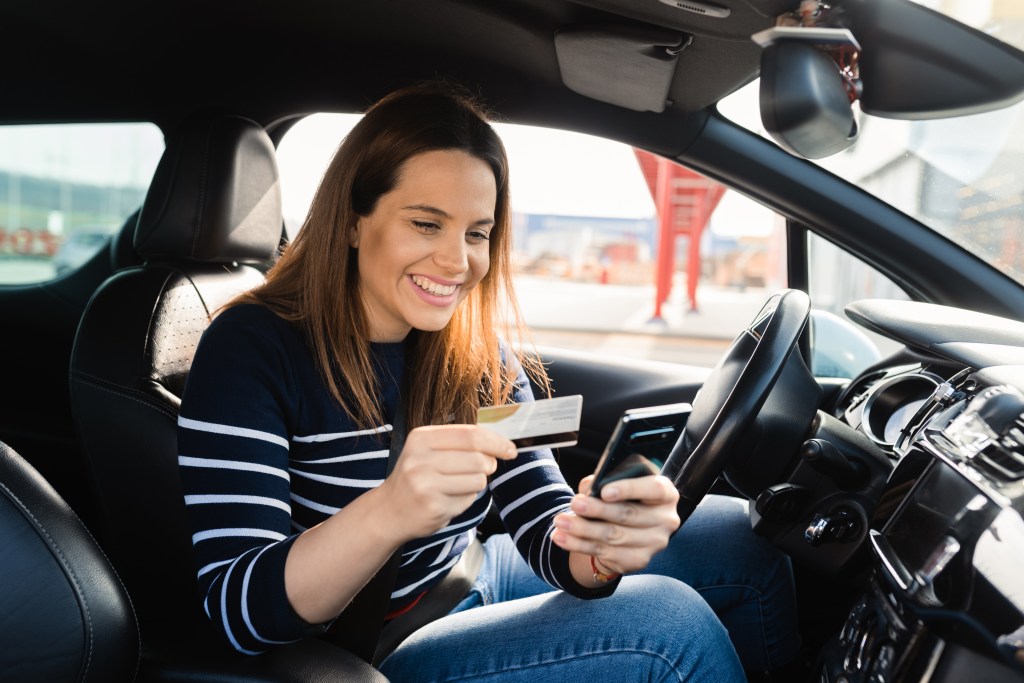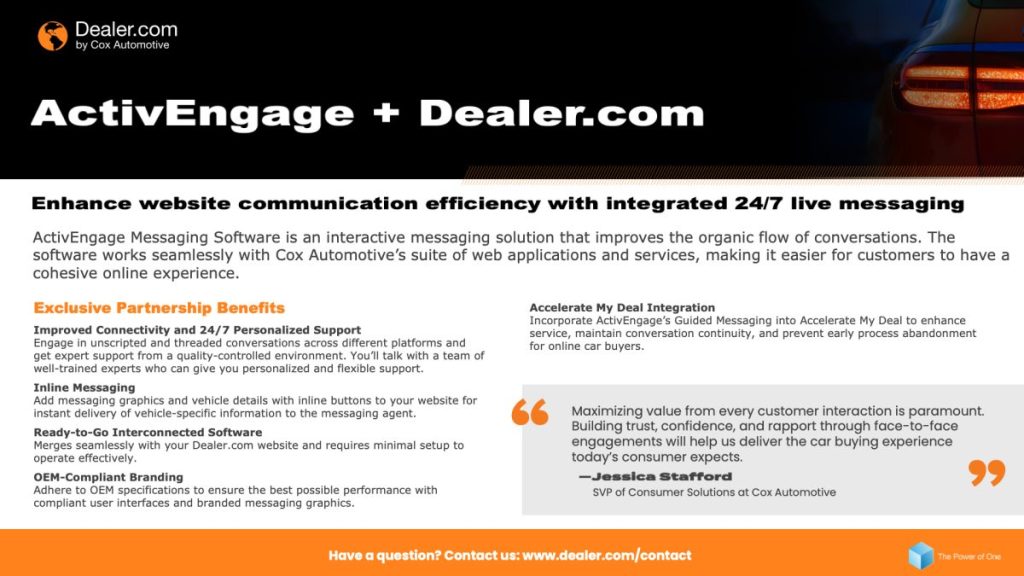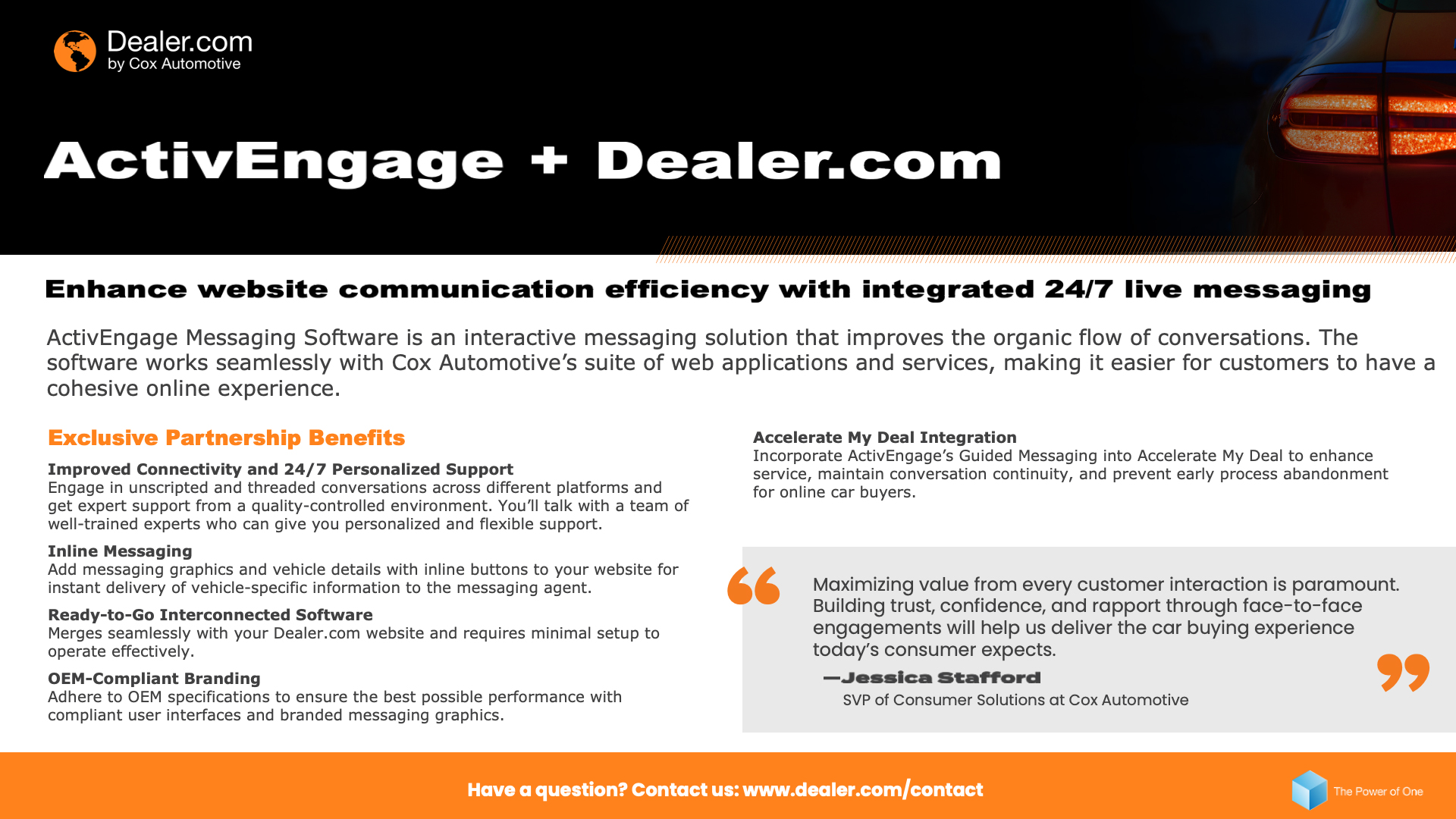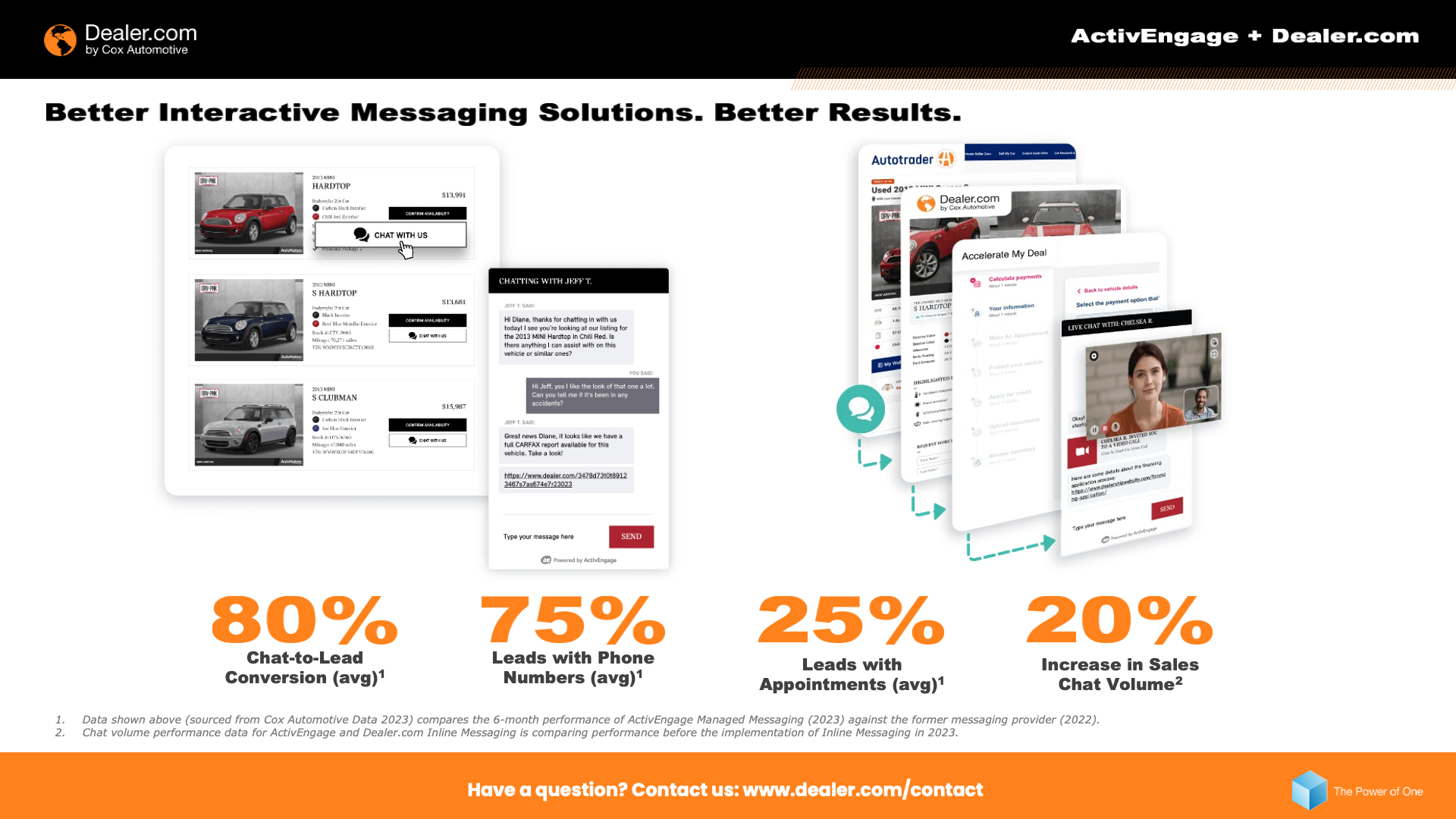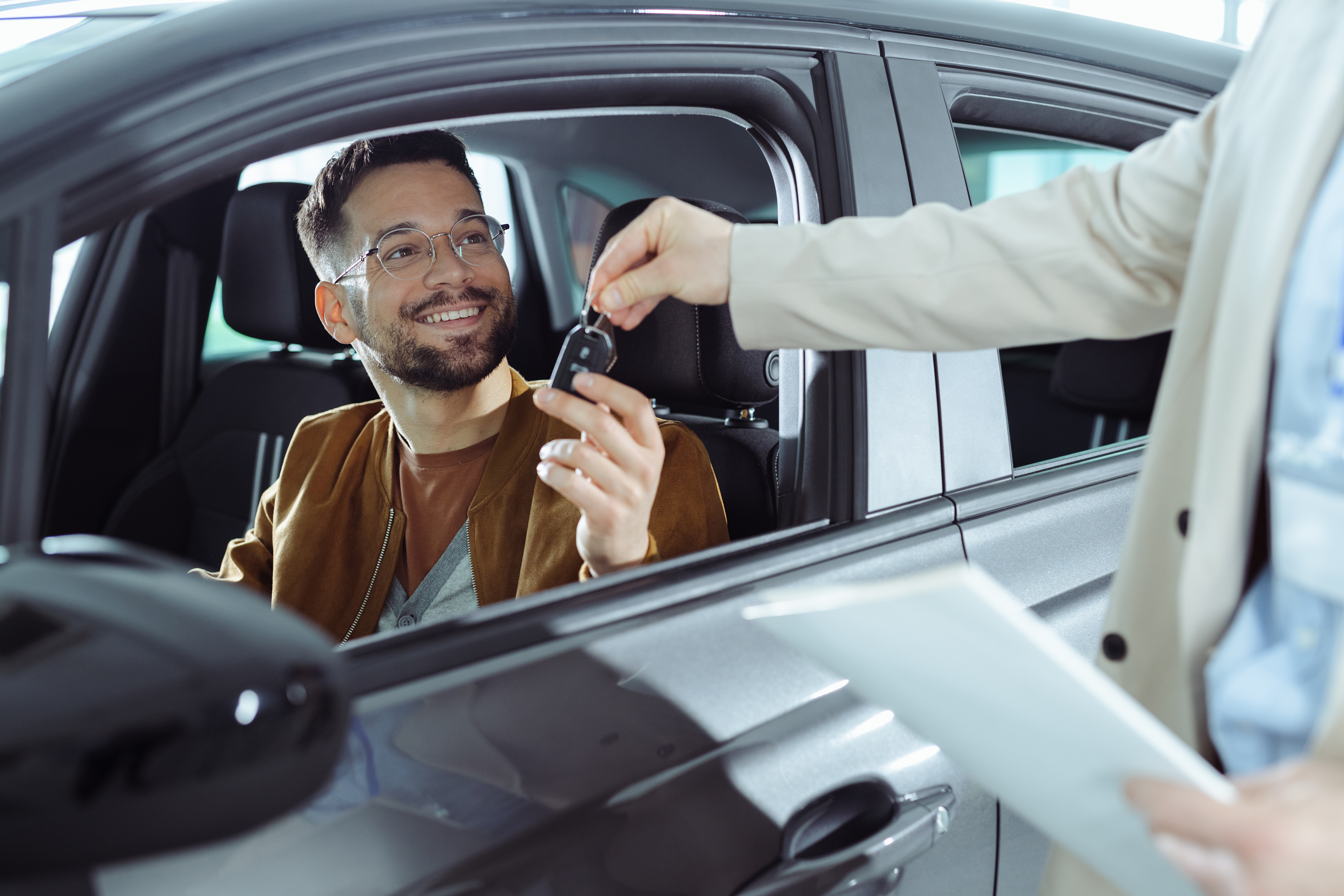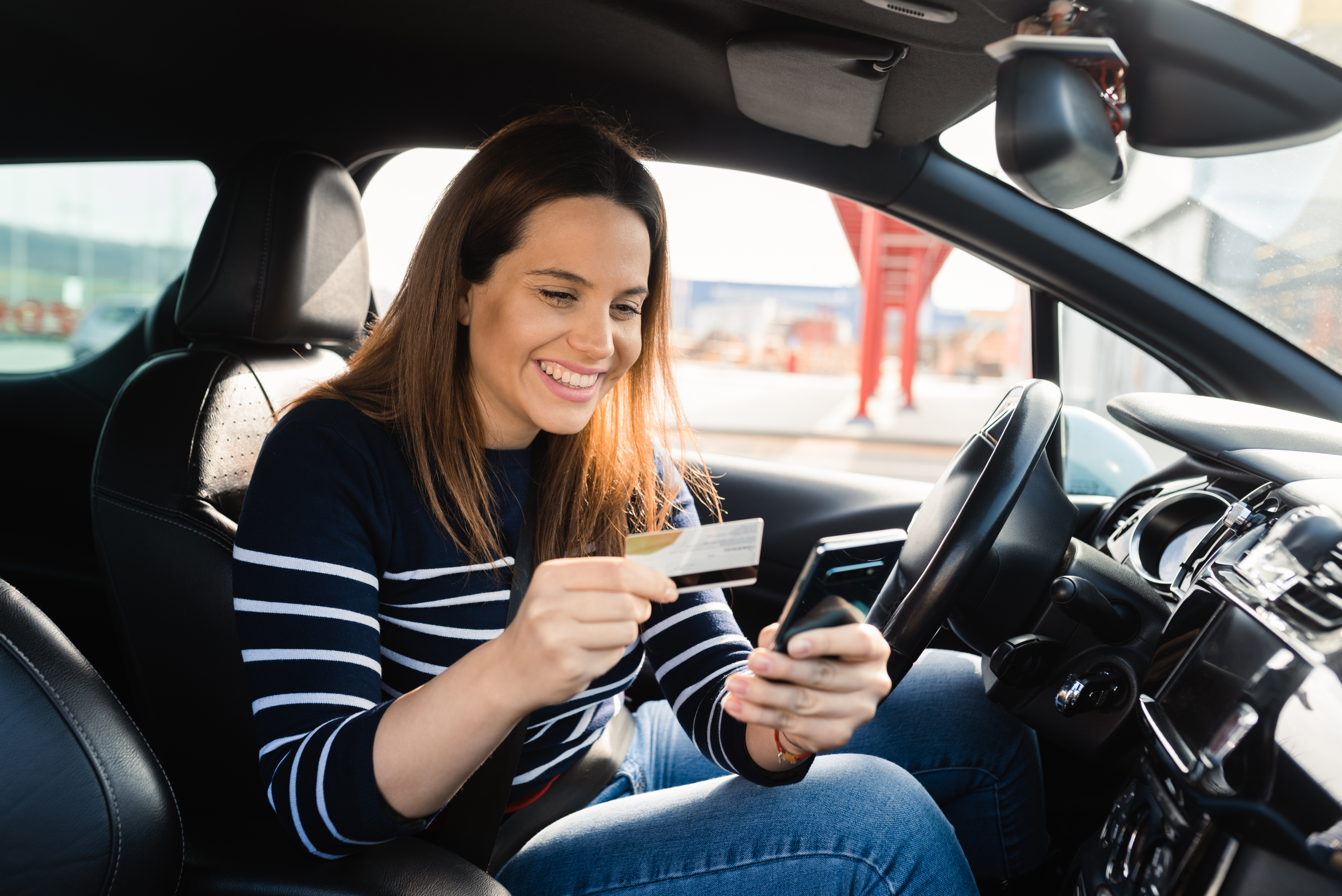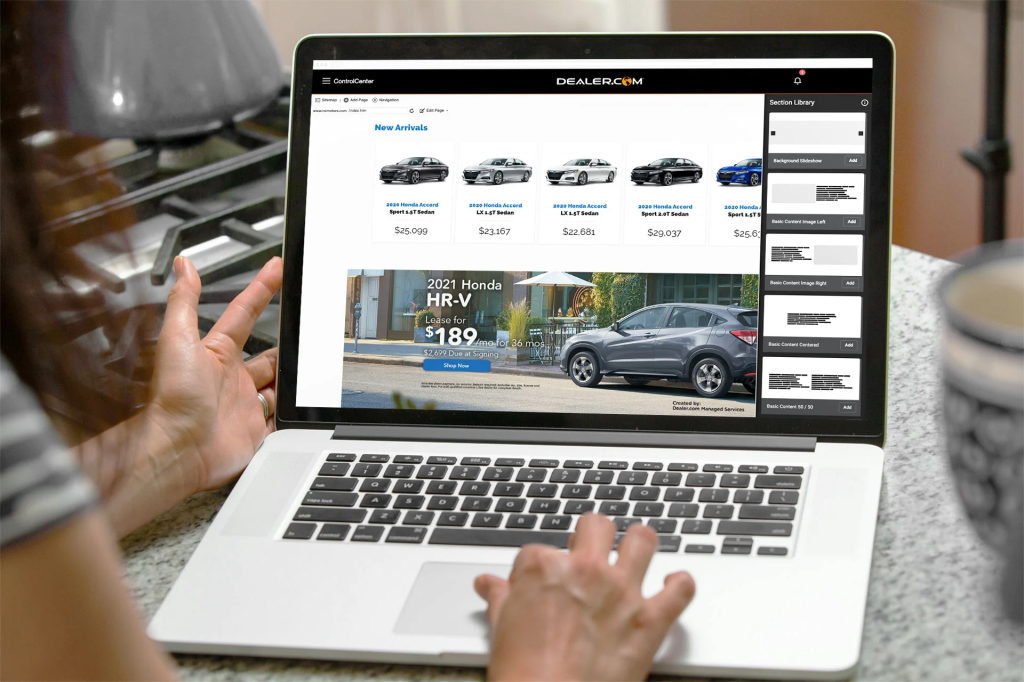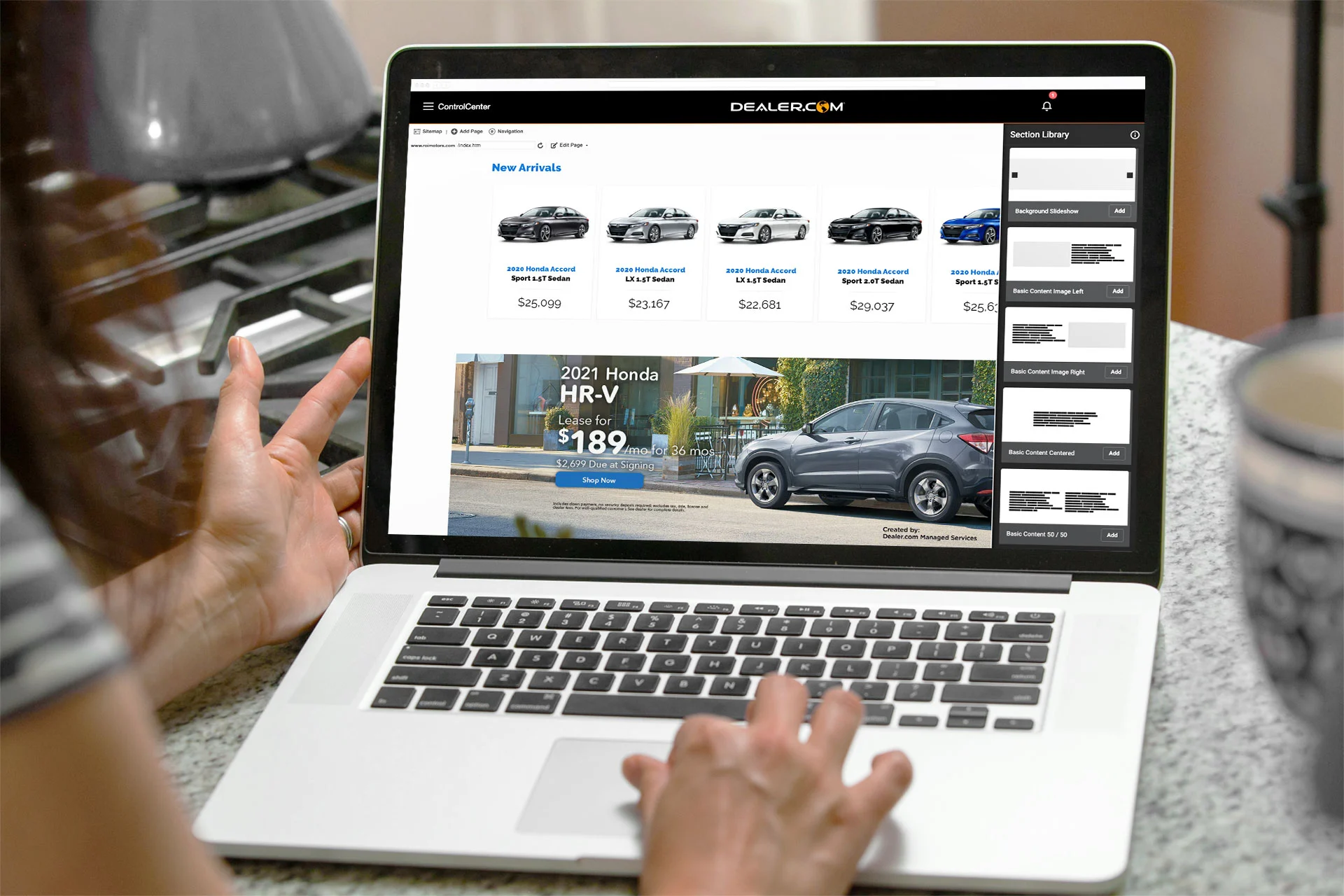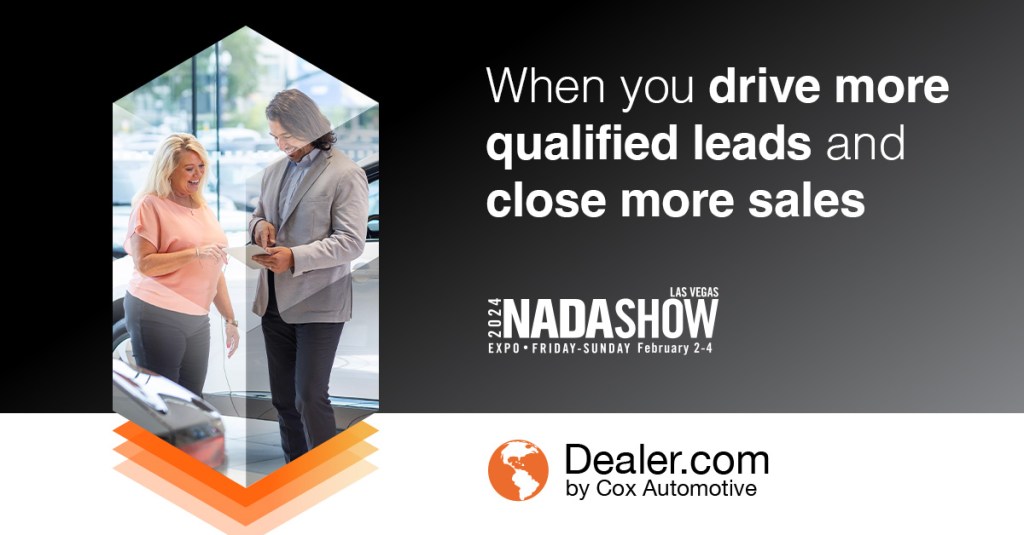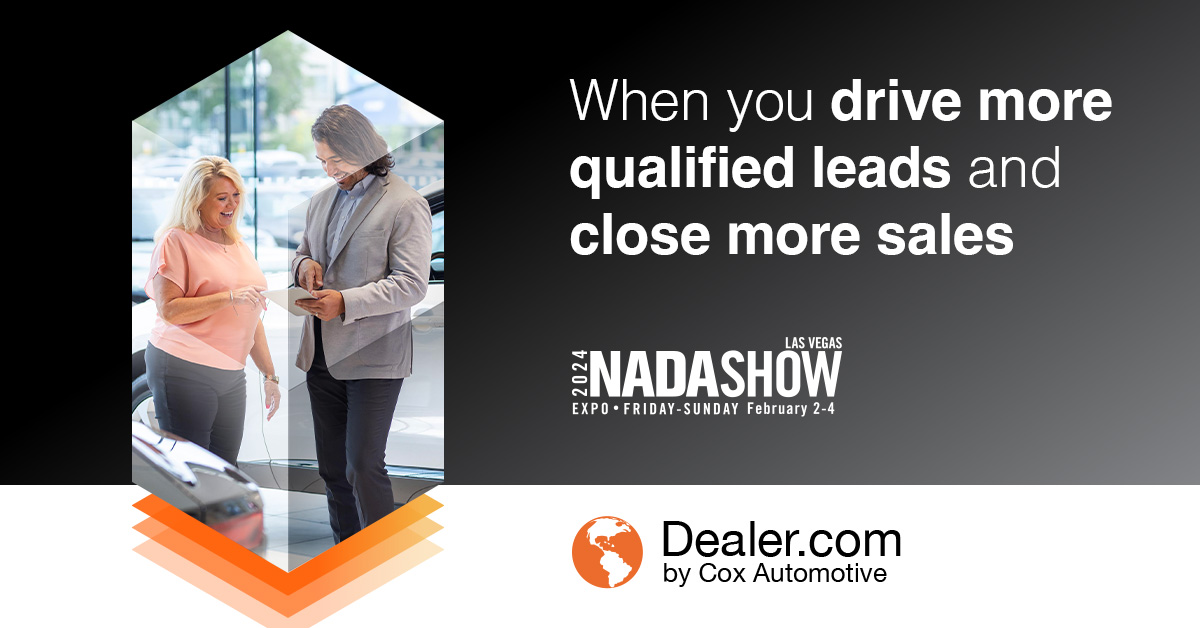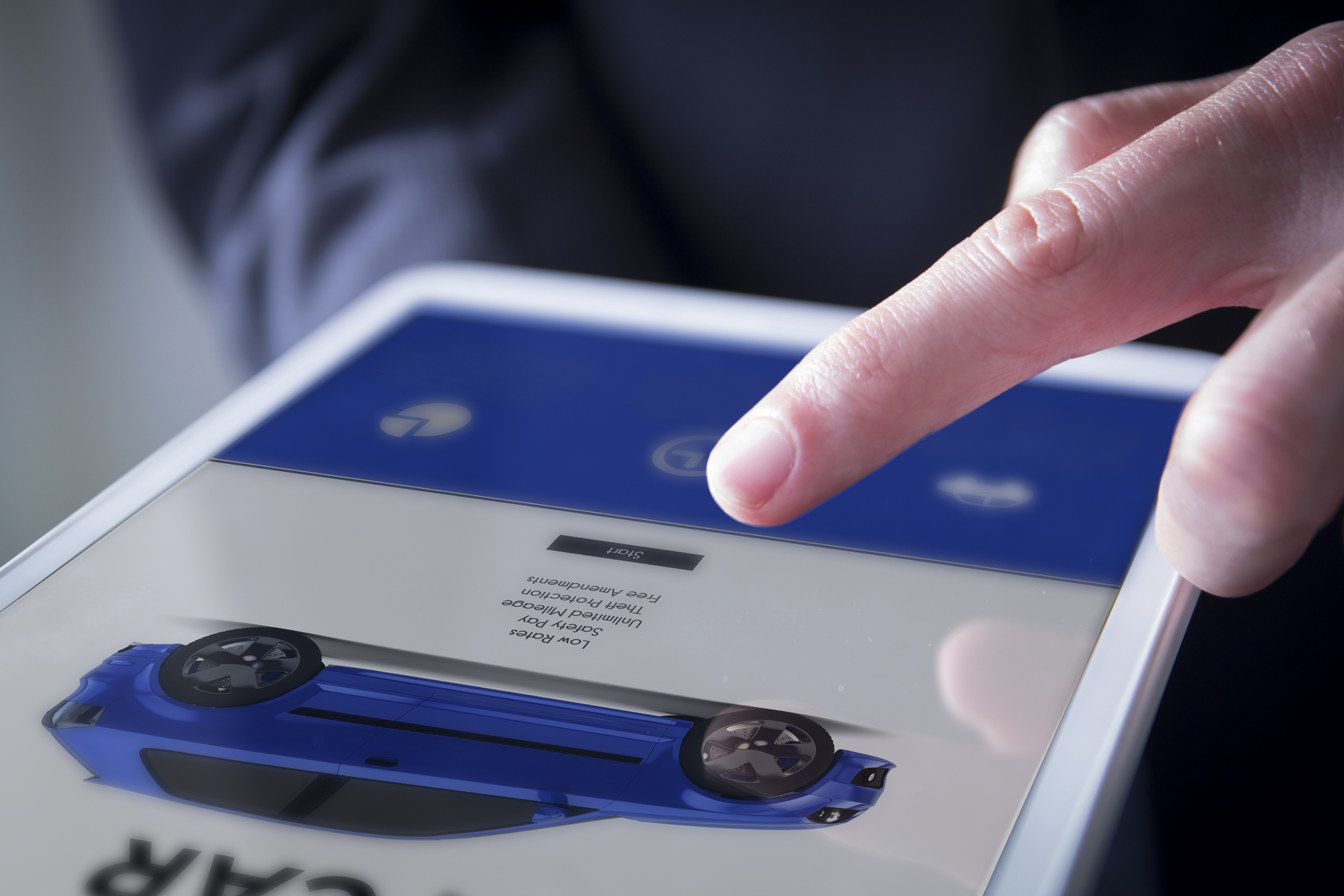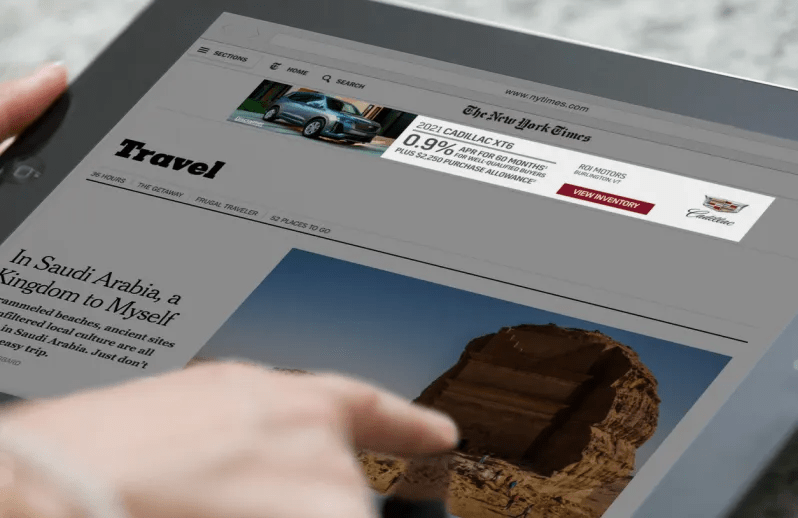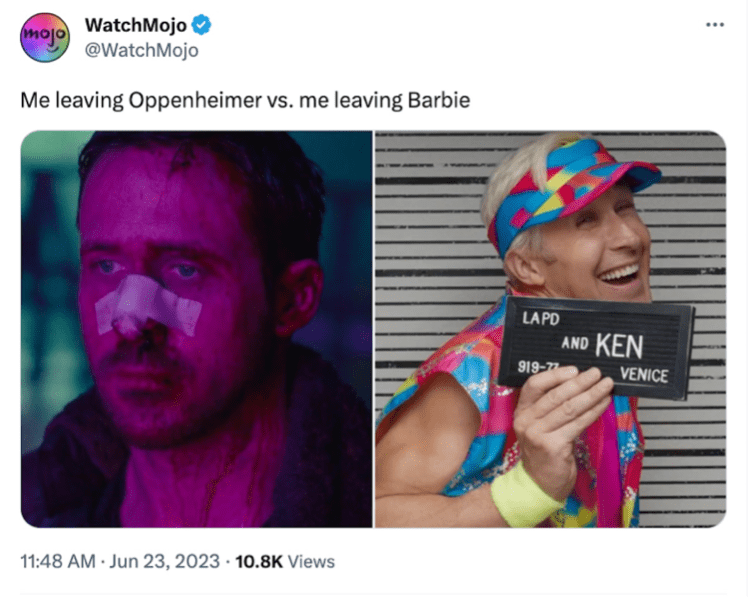
Gaining insights into auto industry best practices is crucial. Understanding the car buyer’s journey is an essential step for automotive marketing professionals looking to drive engagement and boost sales. The 2023 Cox Automotive Car Buyer Journey study has provided a wealth of information that can significantly enhance your digital marketing strategy. Here, we distill the top five insights and actionable steps you can take to elevate your efforts.
1. Vehicle Ownership is Not Going Anywhere
One of the most eye-opening findings from the study is that vehicle ownership remains a priority for most consumers. An impressive 91% of consumers intend to use their own vehicle as their primary mode of transportation in the future, a significant increase from 77% in 2018. Additionally, fewer consumers believe ownership is unnecessary, with this belief dropping from 43% in 2018 to 35% in 2023.
Actionable Steps:
- Highlight the benefits of vehicle ownership in your marketing campaigns. Emphasize the control, convenience, and safety personal transportation provides.
- Create content that reassures potential buyers about the value of owning a vehicle, especially in a post-pandemic world where safety and personal space have become paramount.
2. Satisfaction with the Shopping Journey Increased
Consumers are increasingly satisfied with their car-buying journey, both for new and used vehicles. Satisfaction for new car buyers has risen to 73%, up from 70% in 2022. Similarly, satisfaction for used car buyers has improved to 68%, up from 58% in 2022.
Three key factors contributed to this rise: better vehicle selection, with only 39% feeling there was limited inventory in 2023 compared to 56% in 2022; better prices, as although prices remain high, dissatisfaction decreased slightly from 54% in 2022 to 49% in 2023; and increased dealer outreach, with more consumers reporting being contacted by dealers with appealing incentives or deals (17%, up from 14% in 2022).
Actionable Steps:
- Ensure your inventory is well-stocked and diverse to meet various customer needs.
- Train your sales team to reach out proactively with personalized deals and incentives.
- Enhance your digital presence by showcasing your inventory online with detailed descriptions and competitive pricing.
3. Improved Online Efficiency
Shoppers are spending less time overall on the car-buying process. The time spent shopping decreased by 1 hour and 8 minutes, from 14:39 in 2022 to 13:31 in 2023. This shorter window means you must be more strategic and targeted in your interactions.
Actionable Steps:
- Optimize your website for quick, efficient browsing. Ensure it’s mobile-friendly, fast-loading, and easy to navigate.
- Use personalized marketing to keep shoppers engaged throughout their journey. Leverage data to deliver relevant content and offers at each touchpoint.
- Utilize third-party sites: Consumers trust these sites for unbiased information. Make sure your listings and reviews on these platforms are up-to-date and positive.
4. The Retailing Experience was Top Notch
Satisfaction with the overall shopping journey surged in 2023, with overall satisfaction jumping from 61% to 69%. Satisfaction with dealerships increased by 10%, and 21% rated their experience as better than their last purchase. Several factors contributed to this improvement, including heightened vehicle availability, the return of incentives, and a shift toward a more digital process.
Actionable Steps:
- Encourage enhanced lead submissions: The more detailed the information you gather from potential buyers, the better you can personalize their experience.
- Invest in digital retailing tools: Provide a seamless experience between your online platform and in-person dealership interactions.
- Promote your inventory effectively through digital channels, ensuring that high-demand vehicles and deals are prominently featured.
5. Digital Retailing Continues to be Highly Beneficial
Consumers are increasingly leaning towards an omnichannel experience, seamlessly blending online and in-person steps to create a more cohesive and integrated shopping journey. This approach allows for greater convenience, flexibility, and personalization, catering to the diverse needs and preferences of modern consumers.
Actionable Steps:
- Offer multiple buying pathways: Allow consumers to choose how they want to interact—whether online, in-person, or a mix of both.
- Ensure seamless transitions: Make sure the deal carries forward smoothly, regardless of whether the customer starts their journey online or in-person.
- Focus on customer satisfaction: Modern dealers who prioritize a seamless, omnichannel experience see significant payoffs in consumer satisfaction and profitability.
Ready to Take Your Digital Marketing to the Next Level?
The insights from the 2023 Cox Automotive Car Buyer Journey study provide a roadmap for automotive marketing professionals to enhance their strategies. By implementing these top five takeaways, you can ensure your digital marketing efforts are more effective, engaging, and ultimately, profitable.
For a deeper dive into these insights, download our top five takeaways and start transforming your digital marketing strategy today.


